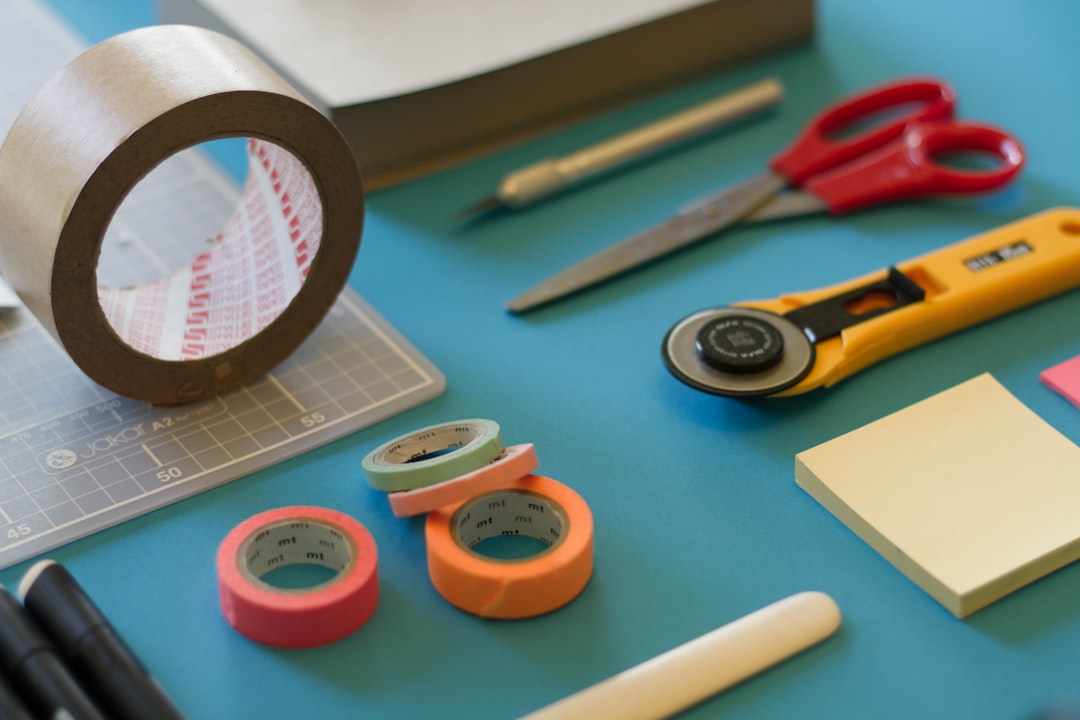Cutter Ringa Tapahi
Cutters lay out and cut fabric to make clothing and soft furnishings.
Cutters may do some or all of the following:
- check pattern designs and instructions online
- lay out patterns on fabric
- interpret instructions from patternmakers, designers and markers
- cut fabric by hand with electric hand-held cutting machines
- supervise computerised cutting machines
- make detailed notes on how much much fabric is used
- check how much fabric is in storage
- advise technicians and managers on how much fabric to order
- bundle pieces of fabric together and store them in order of size and colour.
Becoming a sample cutter
To become a sample cutter you must complete the New Zealand Diploma in Fashion Technology (Level 5).
- Competenz website - information on fashion apprenticeships
- Eastern Institute of Technology website - information on the Diploma in Fashion Technology
- Whitecliffe College of Art and Design - information on the Diploma in Apparel and Fashion Technology
- Southern Institute of Technology website - information on the Diploma in Fashion Technology
Physical Requirements
Cutters need to have good eyesight (with or without corrective lenses), normal colour vision, good hand-eye co-ordination and steady hands. Physical strength is an advantage for lifting heavy rolls of fabric.
Useful Experience
Useful experience for cutters includes:
- community or night courses in dressmaking
- dressmaking or tailoring
- work in a clothing factory or workroom.
Personal Qualities
Cutters need to be:
- patient
- quick and neat
- accurate, with an eye for detail
- able to follow instructions
- able to work well under pressure
- good at maths so they can measure and make calculations
- good problem-solvers.
Skills
Cutters need to have knowledge of:
- fabric types and garment construction
- sewing codes and symbols
- different cutting equipment and methods
- how to operate cutting machines
- basic computing skills to program cutting machines and check designs online.
Conditions
Cutters:
- usually work regular business hours, but may sometimes work overtime
- work in factories and workrooms, though self-employed cutters may work from home
- work in conditions that may be dusty and noisy.
Subject Recommendations
A minimum of three years of secondary education is recommended. Useful subjects include design and visual communication (graphics), digital technologies, maths and processing technologies.
Related Courses
Cutters can earn around $23-$26 per hour.
Pay for cutters varies depending on experience and the type of work they do.
- Assistant cutters usually earn minimum wage.
- Cutters with two to five years' experience usually earn up to $24 an hour.
- Cutters with managerial responsibilities can earn up to $26 an hour.
Some cutters are also paid performance bonuses.
Source: New Zealand Fashion Tech and Competenz, 2017.
With further training, cutters may progress to become cutting room managers, garment technicians, patternmakers or designers.
Cutters can specialise in a number of roles, including:
- Leather Pattern Cutter
- Leather pattern cutters cut leather to make into clothing.
- Sample Cutter
- Sample cutters cut fabric to be made into sample designs for designers and clients.
Cutters may also specialise in items such as:
- clothing
- curtains and upholstery (coverings for vehicle seats and furniture such as sofas)
- canvas (tents, awnings).
Years Of Training
>1 year of training usually required.There are no specific entry requirements to become a cutter. However, most employers prefer to hire people with qualifications.
You can become qualified by completing either of the following:
- New Zealand Certificate in Fashion Technology (Level 3) through an apprenticeship with Competenz.
- New Zealand Certificate in Fashion Technology (Level 3) or similar at a technical institute.

 Lynfield College
Lynfield College